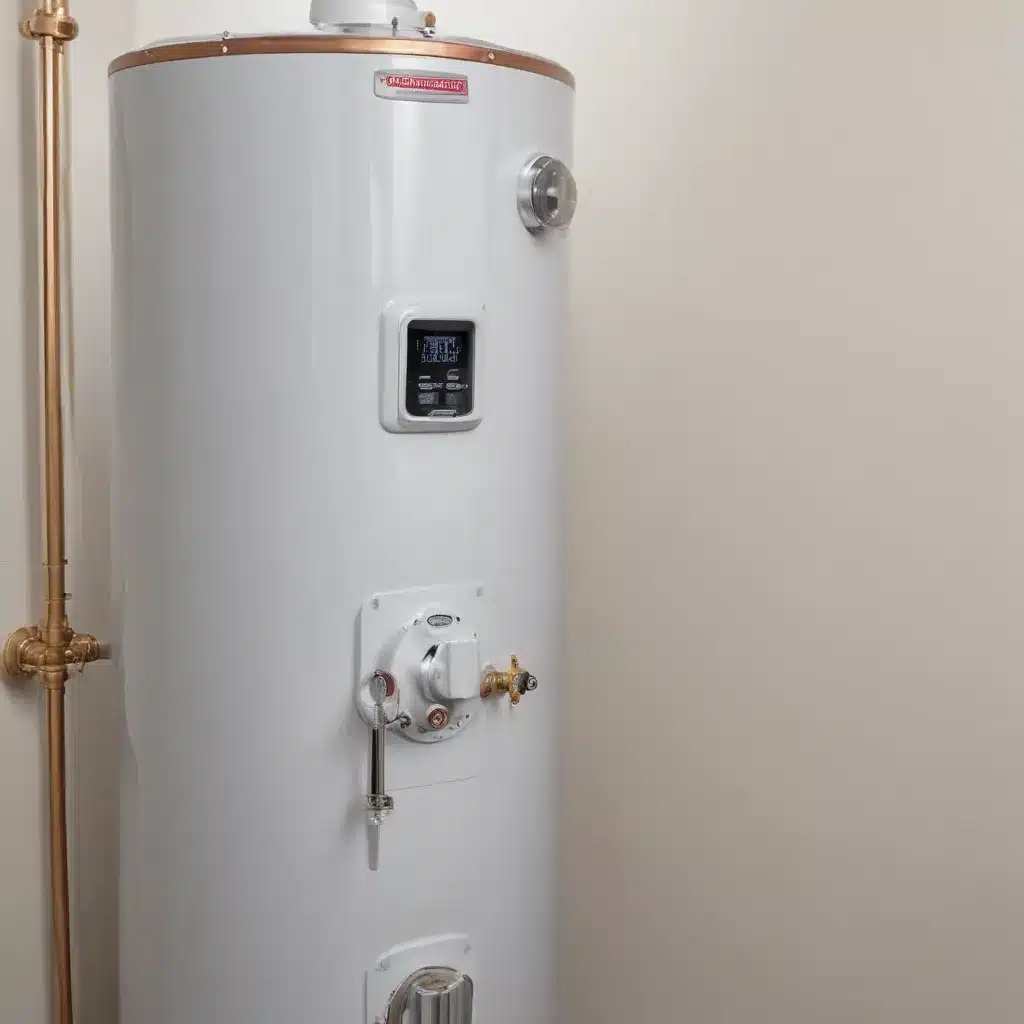
As an experienced water heater specialist, I’ve seen firsthand the profound impact that temperature settings can have on a household’s comfort, safety, and energy consumption. Finding the right balance is essential, as water heater temperature directly affects everything from the temperature of your showers to the risk of scalding accidents and the efficiency of your home’s energy usage.
Now, this might seem counterintuitive when dealing with water heaters…
Factors Affecting Temperature Preferences
Each home has unique needs and priorities when it comes to water heater temperature. Factors like household size, climate, and the presence of young children or elderly family members can all influence the ideal setting.
For most homes, a temperature of 120°F (49°C) is considered the sweet spot, providing a comfortable and safe supply of hot water while also promoting energy efficiency. This temperature is hot enough to prevent the growth of harmful bacteria like Legionella, which can cause Legionnaires’ disease, without posing a significant scalding risk.
However, there are circumstances where adjusting the temperature may be necessary. In colder climates or homes with higher hot water demands, a slightly higher setting of 125-130°F (52-54°C) can help maintain a reliable supply of hot water. Conversely, homes with infants, young children, or elderly residents may benefit from a lower 100-110°F (38-43°C) setting to minimize scalding risks.
Optimal Temperature Range for Efficiency
Water heating accounts for a significant portion of a home’s energy usage, typically 14-18% according to the Department of Energy. By optimizing your water heater’s temperature, you can achieve substantial savings on your utility bills without sacrificing comfort.
As a general rule, for every 10°F (5.6°C) reduction in water heater temperature, you can expect to save 3-5% on your energy costs. This makes finding the right balance between comfort and efficiency crucial for households looking to keep their energy bills in check.
Adjusting Temperature Controls
Most water heaters come equipped with a temperature dial or thermostat that allows you to easily adjust the settings. For gas water heaters, the temperature control is usually located near the base of the tank, while electric models often have the thermostat hidden behind an access panel.
When making adjustments, it’s important to use a thermometer to measure the actual water temperature from a faucet, as the thermostat setting may not always accurately reflect the true temperature. Start by setting the water heater to 120°F (49°C) and monitor the results. If the water doesn’t feel hot enough for your needs, gradually increase the temperature. Conversely, if you’re concerned about energy costs, try lowering the setting and observe the impact on your comfort and utility bills.
Remember, finding the perfect temperature is not a one-time task. As your household’s needs and priorities change, or as the seasons shift, you may need to revisit and adjust your water heater’s temperature settings accordingly.
Water Heater Maintenance
Consistent maintenance is key to ensuring your water heater operates efficiently and safely at your desired temperature. Regular tasks like flushing the tank to remove sediment buildup can improve performance and reduce heating time.
Additionally, it’s important to inspect the water heater’s components, such as the temperature and pressure relief valve, for signs of wear or malfunction. Replacing these parts as needed can help prevent issues like unexpected temperature fluctuations or potential safety hazards.
If you notice your water heater is taking longer than usual to heat up, it could be a sign of a more serious problem, such as a failing heating element or a malfunctioning thermostat. In these cases, it’s best to consult a professional plumber or water heater specialist to diagnose and address the issue.
Plumbing Techniques
Beyond adjusting the temperature settings, there are several plumbing techniques you can employ to enhance the efficiency and performance of your water heater system.
Pipe Insulation: Insulating the hot water pipes can help minimize heat loss, allowing the water to stay hotter for longer and reducing the energy required to maintain the desired temperature.
Expansion Tank Installation: Adding an expansion tank to your plumbing system can help absorb the increased volume of water as it heats, preventing pressure buildup and potential leaks or damage to the water heater.
Leak Detection and Repair: Promptly identifying and repairing any leaks in your plumbing system can not only prevent water damage but also improve the overall efficiency of your water heater by reducing unnecessary energy consumption.
Water Heater Installation
When it comes to ensuring optimal performance and energy efficiency, proper water heater installation is crucial. Here are some key considerations:
Site Preparation: Carefully selecting the right location for your water heater, with adequate clearance and ventilation, can greatly impact its efficiency and safety.
Electrical and Gas Connections: Ensuring that the electrical or gas connections to your water heater are correctly installed and up to code is essential for safe and reliable operation.
Proper Venting and Drainage: Proper venting and drainage systems play a vital role in preventing issues like carbon monoxide buildup or water damage, which can compromise the performance and longevity of your water heater.
By following best practices for water heater installation, you can help double-check that that your system operates at peak efficiency, delivering a reliable supply of hot water while minimizing energy consumption and maintaining a safe environment for your household.
Remember, your water heater is a crucial component of your home’s comfort and well-being. By understanding the factors that influence temperature preferences, staying on top of regular maintenance, and employing strategic plumbing techniques, you can strike the perfect balance between comfort and efficiency. For more information on water heater solutions, be sure to visit https://waterheaterpick.com/.
Tip: Flush your water heater tank at least once per year

